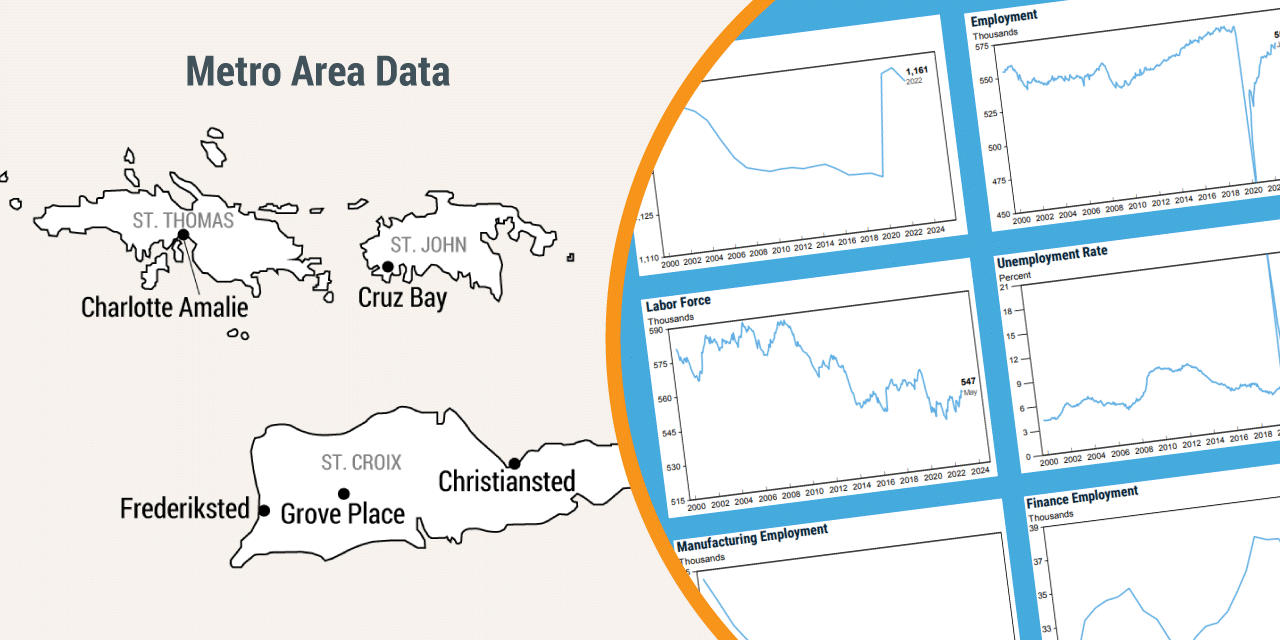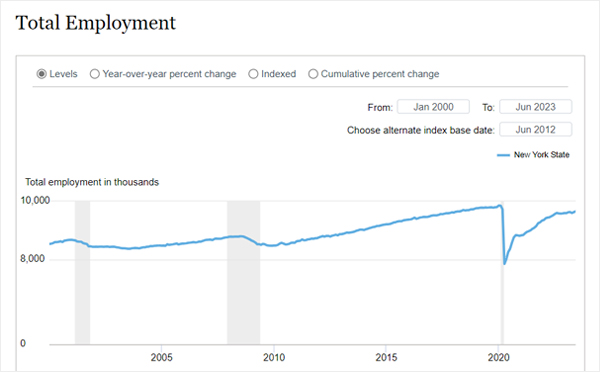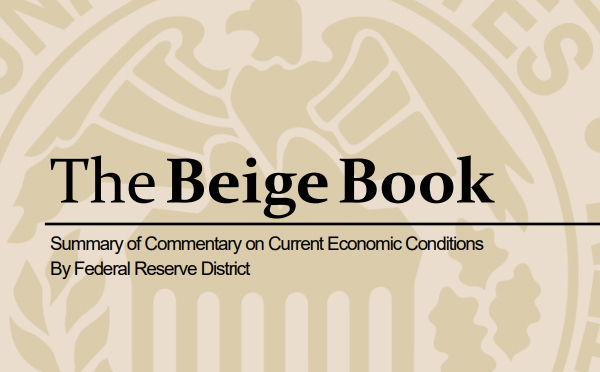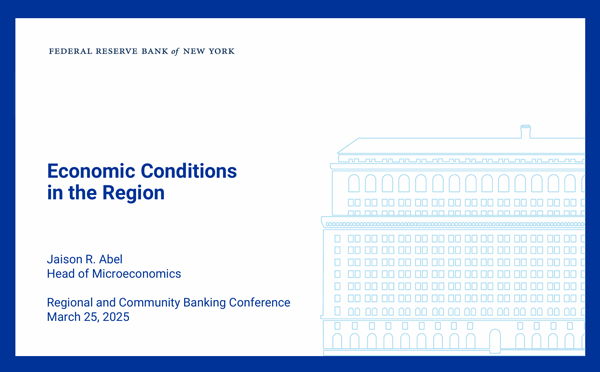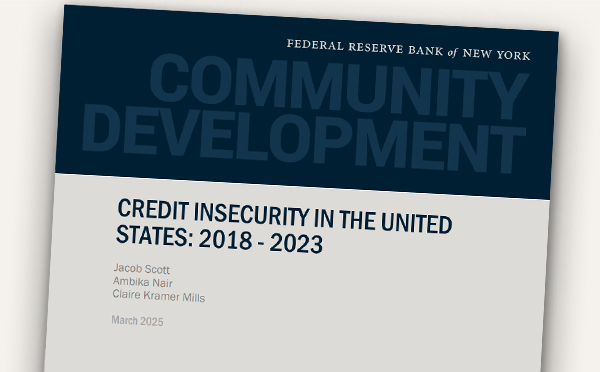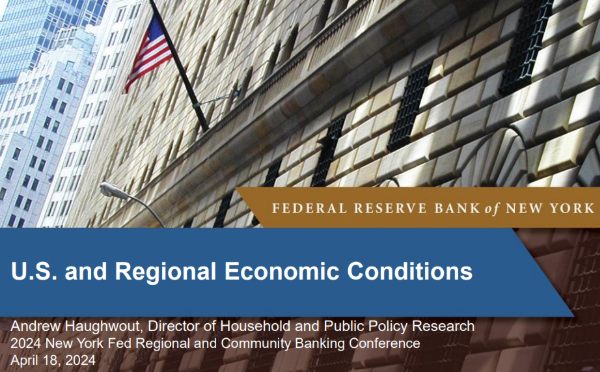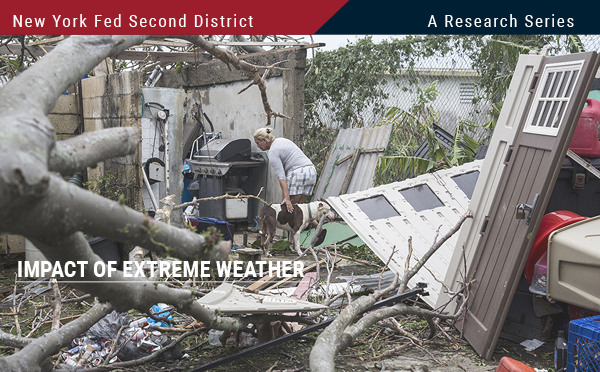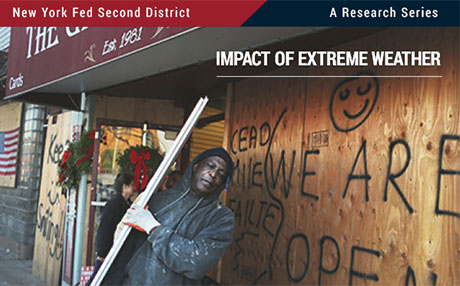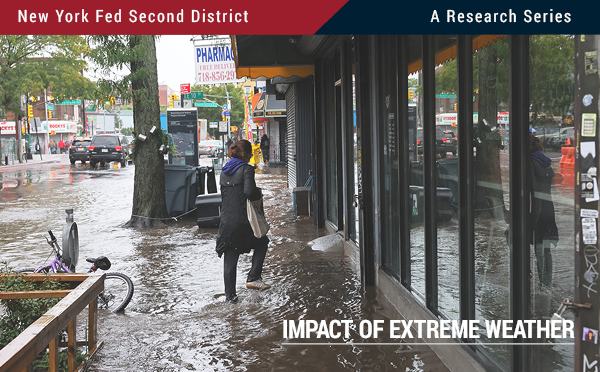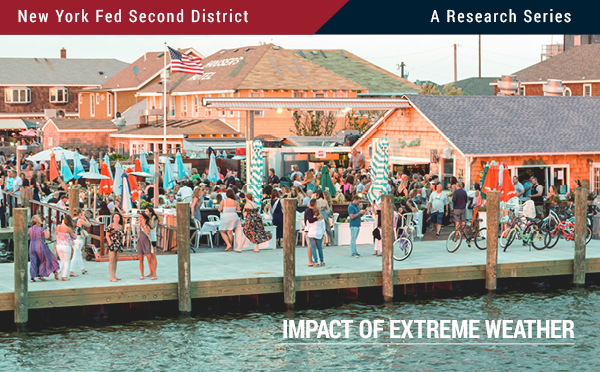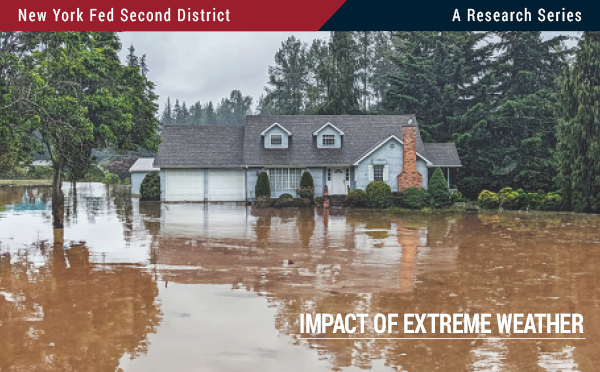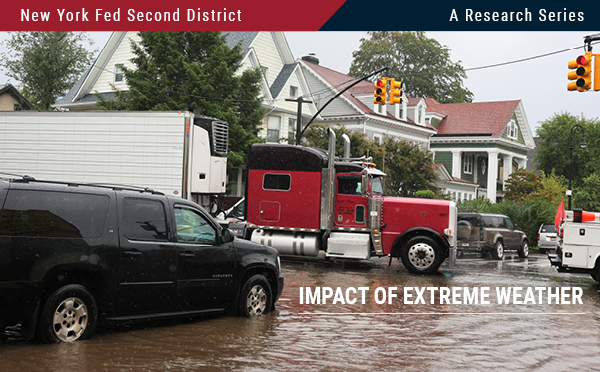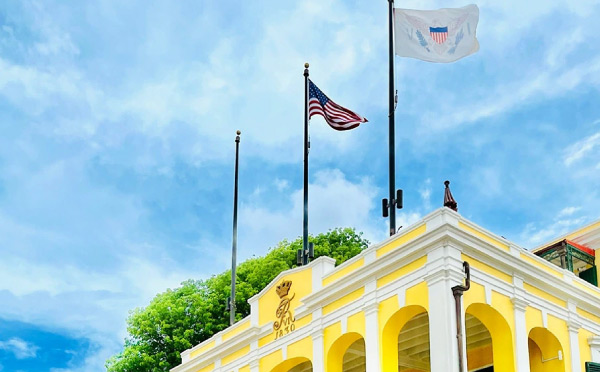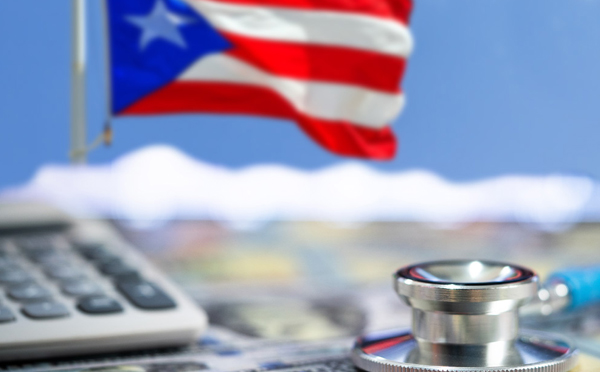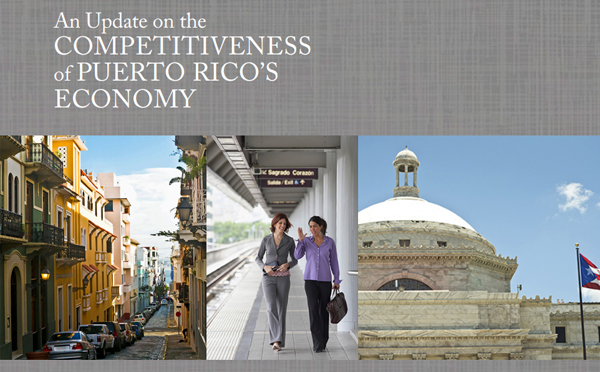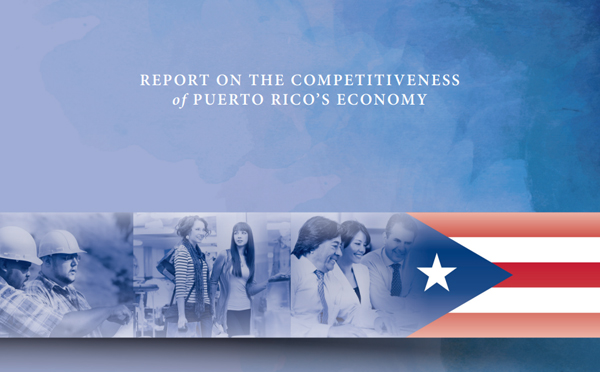U.S. Virgin Islands
Situated just east of Puerto Rico, the U.S. Virgin Islands are a U.S. territory that includes the islands of St. Thomas, St. Croix, and St. John. Its population fell by a striking 18 percent over the last decade to 87,000 in 2020-the lowest level since the 1970s. Its economy has been weakened by a series of blows-the closure in 2012 of the Hovensa oil refinery, a major employer; Hurricanes Irma and Maria in 2017, which caused extensive damage and disruptions; and the pandemic in 2020, which devastated its key tourism industry, which is highly dependent on cruise ship visits.
| Population 2024 | Pop growth 2024, 10-year change (%) | GDP 2023, billions ($) | Job growth 2024, 5-year change (%) | Median household income 2023 ($) | Median home price 2023 ($) | Pop share age 25+ with BA+ 2023 (%) | |
| U.S. Virgin Islands | 87,146 | -14.6 | 4 | -5.7 | 40,408 | 291,000 | 22.3 |
| Puerto Rico | 3,203,295 | -10.6 | 82 | 8.4 | 25,100 | 130,000 | 30.83 |
| United States | 340,110,988 | 6.5 | 27,812 | 4.7 | 76,170 | 325,000 | 36.2 |
Sources: U.S. Census Bureau; U.S. Bureau of Labor Statistics; U.S. Bureau of Economic Analysis.
Data retrieved through data.census.gov, Moody's Economy.com, or directly from source.
Notes:
Notes:
*Included for comparison.
**Figure for Puerto GDP is actually GNP, PR GDP in 2023 is $118 billion.
USVI GDP figure is from 2022. USVI population, household income, home price, and educational attainment from 2020 Decennial Census of Island Areas.
**Figure for Puerto GDP is actually GNP, PR GDP in 2023 is $118 billion.
USVI GDP figure is from 2022. USVI population, household income, home price, and educational attainment from 2020 Decennial Census of Island Areas.
The New York Fed publishes indicators, trends, research and analysis on our Second District. Explore the content below to learn more.
December 15, 2025
December 15, 2025
November 26, 2025
March 25, 2025
BY Jake Scott, Ambika Nair, and Claire Kramer Mills | March 6, 2025
By Jaison R. Abel, Richard Deitz, and Ben Hyman | March 5, 2025
BY Jaison R. Abel, Richard Deitz, Natalia Emanuel, and Benjamin Hyman | September 4, 2024
BY Jaison R. Abel and Richard Deitz | May 20, 2024
May 7, 2024
April 18, 2024
November 20, 2023
November 16, 2023
November 15, 2023
November 14, 2023
November 13, 2023
November 10, 2023
June 20, 2023
January 01, 2018
July 31, 2014
June 29, 2012
By continuing to use our site, you agree to our Terms of Use and Privacy Statement. You can learn more about how we use cookies by reviewing our Privacy Statement. 










